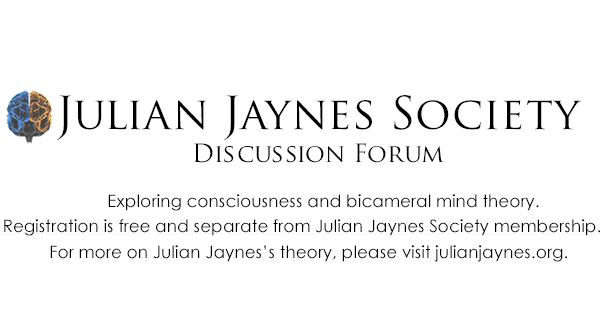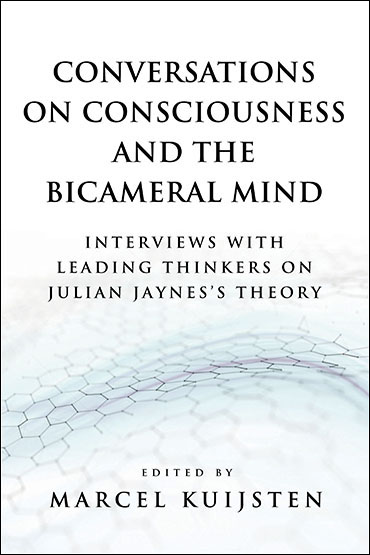How does self-reflexivity emerge within an individual’s psyche? Self-reflexivity is constructed from interiorized percepts and interoceptions as well as interiorized concepts (abstract ideas about one’s personal selfhood). Like other facets of psyche, self-reflexivity is a work in progress, i.e., it is always incomplete and emerges moment by moment. It involves the nuanced and complex interplay of the “I” (subject–self) and various “me’s” (object–selves) (in dissociative states—if psychopathological, exemplified by Dissociative Identity Disorder—the sense of subjective unity we ordinarily experience is disrupted when the “me’s” that the “I” observes feels radically different from the “me’s” we usually experience). For conscious individuals the self is both an object as well as the subject of consciousness. Another way to look at this is that, as the product of mentation, the self generates both “I’s” and “me’s.” Let’s describe its dynamics.
Consider accounts of dissociation or depersonalization, i.e., what individuals feel when they are losing their self or when their sense of identity is dissolving (whether due to deep meditation, trancing, psychopathology, or substance use). We are forced to ask a key question: If one’s experiencing self is fading, then who or what is experiencing this experience of dissolution? The answer resides in how new “I’s” are constantly being recreated and therefore can keep just one step ahead of any experience popping up on one’s unfolding narrative timeline (like the “I,” “me,” and other FOCI, narrativity only enters our introceptual stage when we become conscious). The progression of time itself explains this constant metaframing (Figure 1). Note that “I’s” and “me’s” are not innate structural entities. Rather, they are a set of beliefs resulting from being socialized to conceive oneself as either the active subject or passive object of interpersonal behaviors, along with identity-forming experiences.
What are the dynamics driving self-reflexivity? It occurs when one’s self observes itself and a mirroring effect is set in motion. Figure 1 is meant to depict (to the degree this can be done using a diagram) the recursive, processual steps of self-reflexivity. First, the “I” “sees” (or somehow is cognizant of) one’s “me.” Note that the “I” is analogous to the physical, observing person. In other words, the self introceptually “observes” its own “reflection.” Second, sentiments of self-reflexiveness results, and for the sake of convenience, we can label this emergent self with a number to indicate how selves are continually produced (like a string of pearls, they are connected but separable). A self, like an atom composed of subparticles, contains psychic energies that radiate either “I’s” or “me’s.” Such an arrangement allows the third step: The emergent self emits an observing “I” that looks back on the previous emergent self (in which is embedded “I”–“sees”–“me”). This “turning around” drives the feeling of self-mirroring and provides a feeling of self-familiarity, self-recognition, and the continuity of selfhood. The process then begins again.
Occurring simultaneously with the third step is the fourth in which the “I” initiates another “‘I’–‘sees’–‘me’” emergent. How does it do this? Note that the “I” has a special power that “me’s” lack. This power probably comes from the primacy of the individual’s abilities as a subject monitoring and manipulating the external field of things (the interiorized counterpart to this is “me’s” or concepts). In other words, in the same way the physical person possesses governing control over entities in the environment, the analog “I” exerts subjectional power over the inner, psychic landscape. In a certain sense, then, the “I” is primary (nevertheless as an experiencer the “I” requires something experienced, i.e., there is no subject without an object).
These reflective psychic operations continuously repeat themselves when recruited by consciousness, ceasing only at death (“Self 1” is merely hypothetical. No original self 1 exists since the chain of mental operations that launch sentiments of self-reflexivity cannot be pinpointed chronologically. The origins of self 1 are rooted in elementary developmental processes predating personal selfhood and its building blocks of “I” and “me”).


